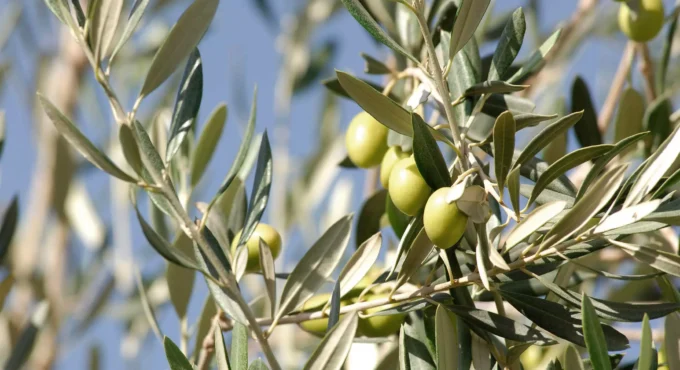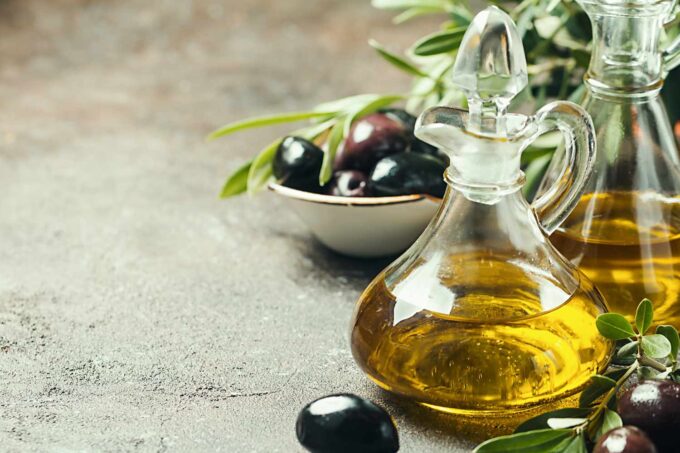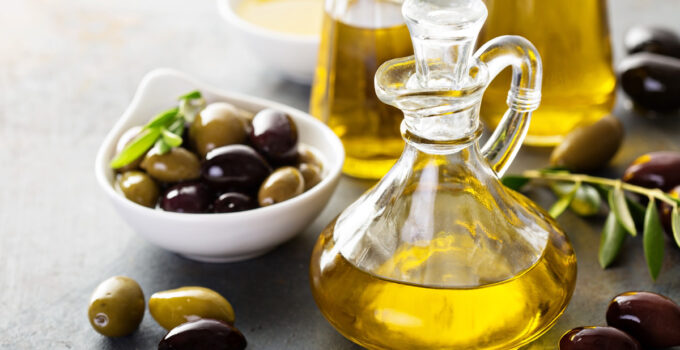Olive oil, a staple in kitchens around the globe, transcends mere culinary use to become a symbol of culture and health. Revered for its versatility, it enriches everything from salads to sautés with its rich flavors and nutritional benefits. This blog post embarks on a flavorful journey across continents to uncover the world’s finest olive oils. From the robust offerings of Morocco to the delicate nuances of French olive oil, we’ll explore the distinctive tastes, production methods, and accolades that set each country’s olive oil apart, guiding you through the exquisite world of olive oils.
Morocco

Source: atlasoliveoils.com
Morocco’s olive oil landscape is as vibrant as its markets, producing liquids that are robust and packed with flavor. Unique in character, these oils often carry hints of almond, artichoke, and green tomato, a testament to the country’s diverse agricultural bounty. Traditional production methods are still in use, lending Moroccan olive oil its authentic taste. Recognition on the international stage is growing, with Moroccan products receiving awards for their exceptional quality. This recognition highlights the country’s dedication to maintaining high standards in production.
Italy
Italy’s olive oil is a symphony of flavors, influenced by the country’s varied climate and multitude of fruit species. From the peppery zing of Tuscany to the gentle, fruity notes of Liguria, each region offers a unique taste experience. The climate, ranging from the chilly Alps to the warm Mediterranean, plays a significant role in flavor development. Italy’s commitment to quality is evident in its PDO (Protected Designation of Origin) and PGI (Protected Geographical Indication) certifications, ensuring that each bottle of Italian oily products tells the story of its native soil.
Spain
As the world’s leading olive oil producer, Spain boasts an unmatched variety of oils, from the light and fruity to the rich and complex. The heartland of Spanish olive production, Andalusia, is renowned for its vast groves of trees. Spanish olive products are celebrated for their quality and diversity, with some regions employing age-old harvesting techniques to ensure the purest flavor. The cultural significance of this product in Spanish cuisine cannot be overstated, serving as both a culinary staple and a symbol of national pride.
Greece

Source: thespruceeats.com
Greek olive oil is lauded for its fruity flavors and profound health benefits, attributes that have earned it a place at the heart of the Mediterranean diet. Crete, in particular, stands out for its high-quality production, with the island’s product being a staple in Greek homes and abroad. Varieties such as Koroneiki offer a distinctive taste that is both robust and versatile. The passion of Greek producers for their craft ensures that their oil maintains its reputation for excellence, making it a favorite among connoisseurs.
Portugal
Portuguese oil is a hidden gem, offering a smooth yet slightly spicy flavor profile that distinguishes it from its Mediterranean counterparts. The country’s rich history of olive cultivation is reflected in its diversity and quality, with regions like Trás-os-Montes and Alentejo leading the way. Recognition for Portuguese products is on the rise, with numerous awards attesting to their quality and flavor. This acknowledgment not only celebrates Portugal’s olive oil production but also encourages a greater appreciation for its unique characteristics.
Turkey
Turkey’s oil, with its unique taste profiles, is gaining international acclaim, challenging more established olive oil-producing nations. The Aegean coast, with its ideal climate and fertile soil, is at the forefront of this movement, producing products that are both bold and nuanced. Turkish products, often featuring notes of green grass, artichoke, and a hint of citrus, reflect the country’s diverse culinary landscape. As Turkey’s reputation in the market grows, so does the intrigue surrounding its distinctive varieties and production regions.
Tunisia
Tunisia is a powerhouse in olive oil production, known for its light and fruity olives that capture the essence of the Mediterranean. As one of the top oil-producing countries, Tunisia is making significant strides in the global market, with its products increasingly recognized for their quality and flavor. Recent trends in Tunisian olives production include a focus on organic and sustainable practices, reflecting a commitment to quality and environmental stewardship. This shift not only enhances the flavor of Tunisian oil but also its appeal to health-conscious consumers.
France

Source: ambrosiamagazine.com
French olive oil, particularly from regions like Provence, is celebrated for its delicate flavors and artisanal production methods. The French approach to oil production is meticulous, favoring quality over quantity and preserving the unique characteristics of each variety. Cultural and culinary significance is deeply intertwined with French olive oil, elevating it from a simple cooking ingredient to a gourmet delight. Whether drizzled over a salad or used to finish a dish, French products add a touch of elegance that is unmistakably Gallic.
Croatia
Croatia, particularly the region of Istria, is emerging as a star in the olive oil world, with its products frequently garnering international awards. Croatian products are known for their quality and distinctive taste, a result of the country’s favorable climate and the dedication of its producers. The unique characteristics of Croatian oil, including its rich, peppery flavor and aromatic freshness, can be attributed to the indigenous olive varieties and the traditional production techniques still in use today.
Syria
Despite facing numerous challenges, Syria’s olive oil industry perseveres, continuing a tradition of producing high-quality oils that are a vital part of the country’s culture and economy. Syrian olive oil is prized for its rich, fruity flavor and the depth it adds to culinary dishes. The ancient groves of Syria, some of which date back thousands of years, contribute to the unique flavor profiles of Syrian oil, making it a cherished commodity both domestically and internationally.
Conclusion
The world of olive oil is as diverse and rich as the cultures that produce it. From the robust flavors of Moroccan olive oil to the delicate nuances of French varieties, each country offers something unique. As we’ve explored the top oil-producing countries, it’s clear that climate, olive species, and production methods play crucial roles in shaping the flavors and qualities of these oils. Encouraging readers to explore and taste oils from various countries is more than a culinary adventure; it’s a journey through history and culture. Share your experiences and preferences in the comments below, and let’s continue to celebrate the liquid gold that connects us all.







